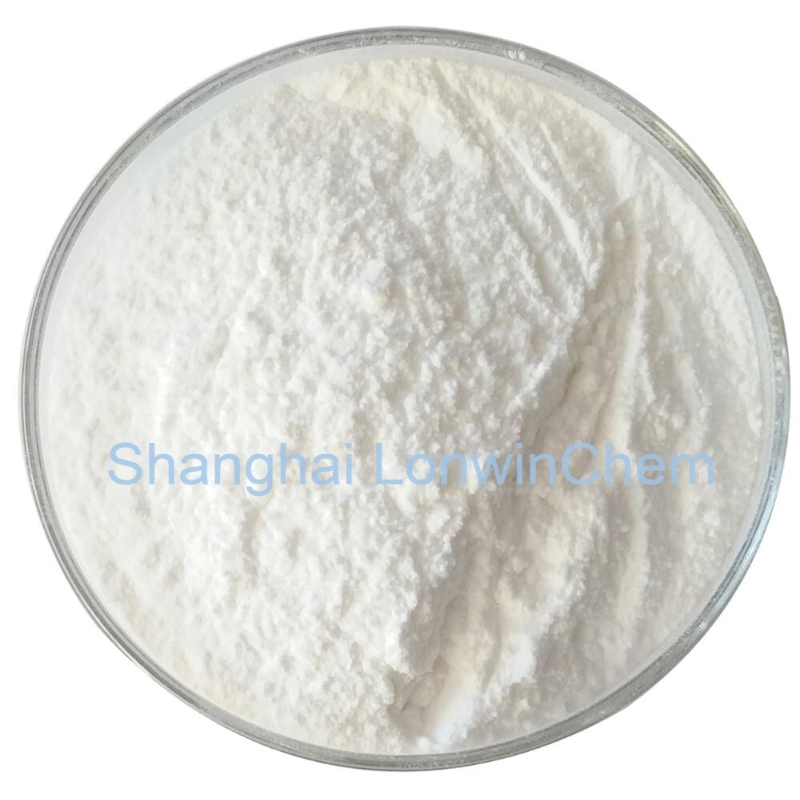Cosmetic Ingredient
- • Abrasive (124)
- • Absorbent (84)
- • Anticaking (66)
- • Anticorrosive (25)
- • Antifoaming (19)
- • Antimicrobials (290)
- • Antioxidant Ingredient (393)
- • Antiperspirant (20)
- • Antiplaque (48)
- • Anti-seborrheic (38)
- • Anti-sebum (39)
- • Antistatic (458)
- • Astringent (162)
- • Binding Agent (172)
- • Bleaching Agent (53)
- • Buffering (191)
- • Bulking (109)
- • Chelating (122)
- • Cleansing (679)
- • Cosmetic Colorant (212)
- • Cosmetic Preservative (158)
- • Denaturant (45)
- • Deodorant (98)
- • Depilatory (27)
- • Dissolving Agent (298)
- • Emollient (795)
- • Emulsifying Agent (480)
- • Emulsion Stabilising (154)
- • Exfoliating (19)
- • Film Forming (299)
- • Flavouring (72)
- • Foam Boosting (161)
- • Foaming (101)
- • Fragrance Ingredient (726)
- • Gel Forming (19)
- • Hair Conditioning (670)
- • Hair Dyeing (363)
- • Hair Fixing (36)
- • Hair Waving or Straightening (45)
- • Humectant (282)
- • Hydrotrope (92)
- • Keratolytic (20)
- • Light Stabilizer (80)
- • Moisturising Agent (50)
- • Nail Conditioning (42)
- • Occlusive (20)
- • Opacifying (119)
- • Oral Care (123)
- • Oxidising (19)
- • Perfuming (2105)
- • Plasticiser (98)
- • Propellant (19)
- • Reducing (50)
- • Refatting (12)
- • Refreshing (26)
- • Skin Cleansing (388)
- • Skin Conditioning (1751)
- • Skin Humectant (21)
- • Skin Protecting (282)
- • Smoothing (31)
- • Soothing (71)
- • Tonics (155)
- • UV Filter (34)
- • Viscosity Controlling (532)
Chemicals as Skincare Ingredients
Related News
-
Interparfums Acquires Goutal to Enter the High-End Perfume Sector
2025-03-19 -
Perfume supply shortage, Coty's performance 'forced' to slow down
2022-11-10 -
How Is Perfume A Compound, and What Are Its Ingredients?
2022-03-14 -
What Is The Solvent Used In Perfume
2022-03-02 -
How Perfume Is A Mixture Of Fragrant Compounds?
2022-02-28 -
3 trends of European and American daily chemicals
2020-07-17
Perfuming
-
- / 99.00%
-
Industrial Grade / 99%
-
Industrial Grade / 90%
-
![Methyl 4-methylsalicylate buy Methyl 4-methylsalicylate]()
Request for quotation , get quotes from more suppliers.
(E)-2-Decenal
(3913-81-3)-
- / 99.00%
-
- / 90%
-
Pharmacy Grade / 99%
-
![trans-2-Decenal buy trans-2-Decenal]()
Request for quotation , get quotes from more suppliers.
Safranal
(116-26-7)-
Industrial Grade / 99%
-
-
- / 99.00%
-
API Grade / 0.3%
Request for quotation , get quotes from more suppliers.
-
industrial Grade / 98%
-
- / 99%
-
Food Grade / 99%
-
![HERBAL PROPIONATE buy HERBAL PROPIONATE]()
Industrial Grade / 99.0%
Request for quotation , get quotes from more suppliers.
9-Decen-1-ol
(13019-22-2)-
- / 99.00%
-
Industrial Grade / 99%
-
![9-DECEN-1-OL buy 9-DECEN-1-OL]()
Industrial Grade / 99.0%
-
![9-Decen-1-ol buy 9-Decen-1-ol]()
Request for quotation , get quotes from more suppliers.
Skatole
(83-34-1)-
- / 99.00%
-
Food Grade / 99%
-
Food Grade / 99%
-
![3-Methyl-1H-indole buy 3-Methyl-1H-indole]()
Industrial Grade / 99%
Request for quotation , get quotes from more suppliers.
-
pharmaceutical grade / 98%
-
-
Industrial Grade / 90%
-
![O-TOLYL ACETATE buy O-TOLYL ACETATE]()
Industrial Grade / 99%
Request for quotation , get quotes from more suppliers.
-
- / 99.00%
-
Industrial Grade / 95%
-
![Methyl cis,cis-9,12-octadecadienoate buy Methyl cis,cis-9,12-octadecadienoate]()
Industrial Grade / 99.0%
-
![9,12-Octadecadienoicacid (9Z,12Z)-, methyl ester buy 9,12-Octadecadienoicacid (9Z,12Z)-, methyl ester]()
Request for quotation , get quotes from more suppliers.
2-Nonenal
(2463-53-8)-
![2-Nonenal CAS NO 2463-53-8 buy 2-Nonenal CAS NO 2463-53-8]()
Industrial Grade, Feed Grade, Food Grade, Pharma Grade / 99%
$11.11/KG EXW
-
![2-Nonenal buy 2-Nonenal]()
-
![2-Nonenal buy 2-Nonenal]()
-
![2-Nonenal buy 2-Nonenal]()
Industrial Grade / 99%
Request for quotation , get quotes from more suppliers.
Cinnamyl isobutyrate
(103-59-3)-
![Cinnamyl isobutyrate buy Cinnamyl isobutyrate]()
-
![CINNAMYL ISOBUTYRATE buy CINNAMYL ISOBUTYRATE]()
-
![CINNAMYL ISOBUTYRATE buy CINNAMYL ISOBUTYRATE]()
Industrial Grade / 99%
-
![Cinnamyl Isobutyrate buy Cinnamyl Isobutyrate]()
Request for quotation , get quotes from more suppliers.
Source Perfuming Raw Materials by Region
More Information
Perfuming can enrich products with appealing scents. When incorporated into cosmetic formulations, fragrance compounds interact with other ingredients to create a harmonious blend of scents. This interaction may involve chemical reactions, molecular diffusion, or physical adsorption onto surfaces.
Fragrance compounds used in perfuming are meticulously selected based on their olfactive profiles and compatibility with other ingredients in the formulation. These compounds may include natural extracts, essential oils, synthetic aroma chemicals, or a combination thereof.
Common ingredients used in perfuming:
•Essential oils
•Synthetic aroma chemicals
•Fragrance fixatives
•Solvents and carriers








































